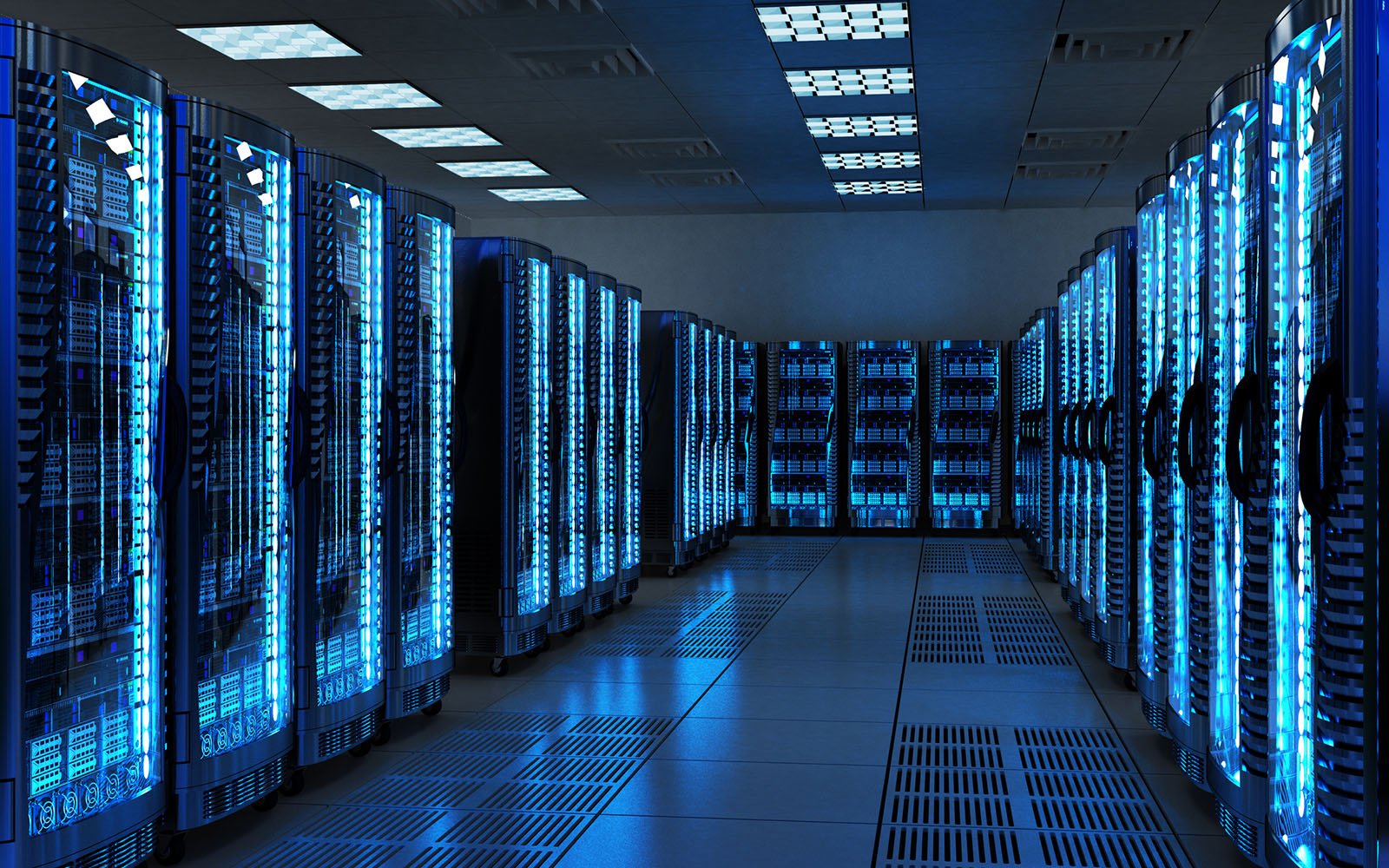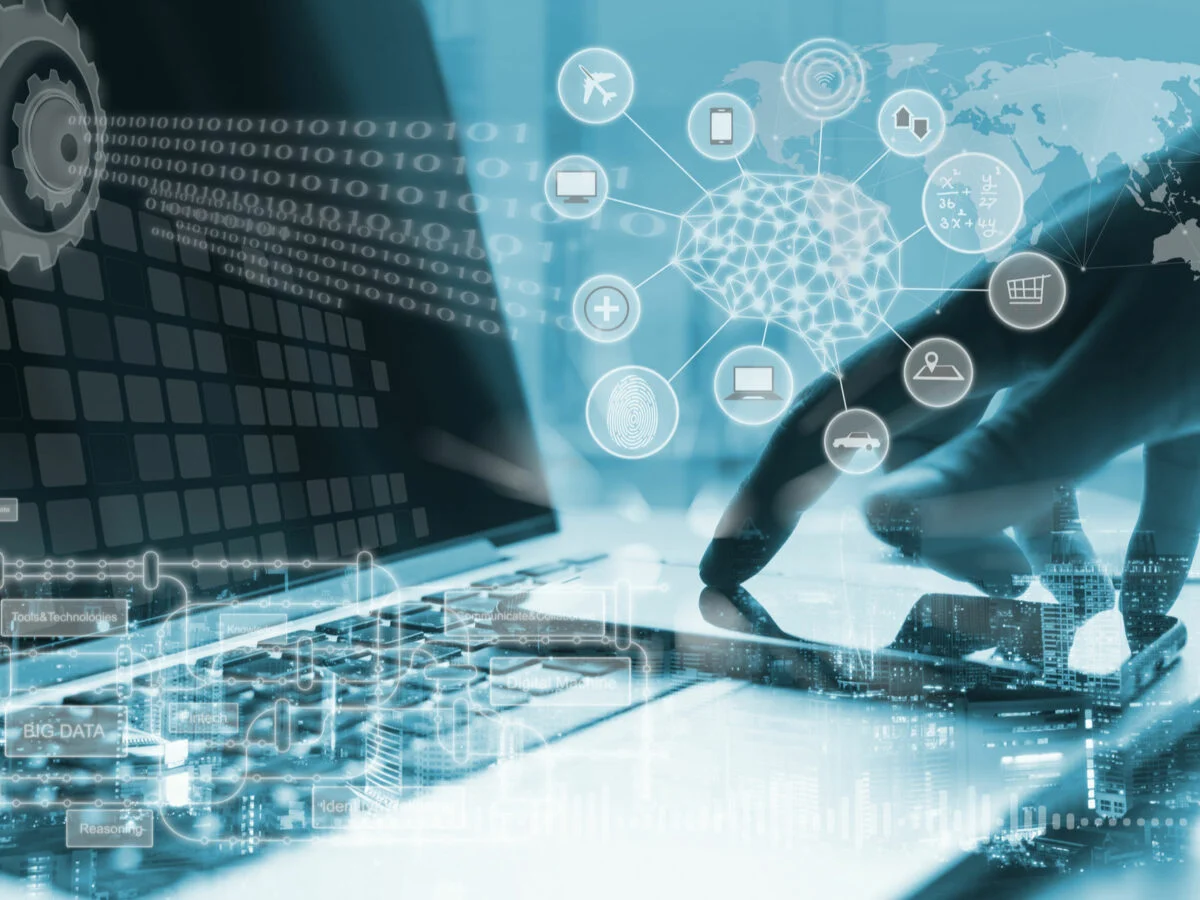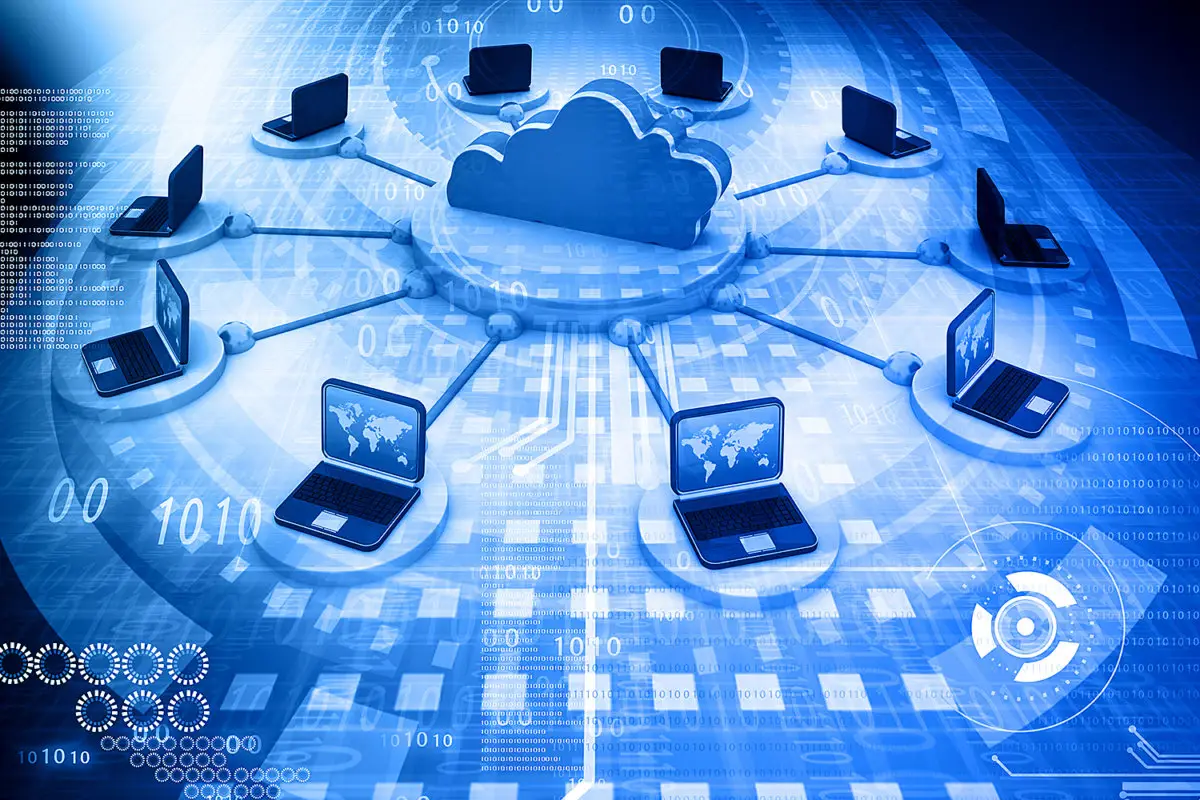
In today’s age of remote working and telecommuting, employees and executives need to have access to their company’s data anytime and anywhere. In 2022, companies have several options to grant remote access to critical data, including Cloud Storage, Remote Desktop Services, and Virtual Desktop Infrastructure. While each solution differs in delivery, they all grant the same result: remote access to company data for workers all over the world. For small to medium-sized businesses, data centers may hold the key to allowing your employees, executives, and clients access to critical data from anywhere. It’s easy to mix up Remote Desktop Services and Virtual Desktop Infrastructure since both services are used towards the same end, but RDS and VDI have a few key differences that are worth pointing out. To find out what’s right for your business, Remote Desktop Services vs. Virtual Desktop Infrastructure, continue reading below.
What is Virtual Desktop Infrastructure (VDI)
Virtual Desktop Infrastructure allows users to access a full desktop operating system (OS) remotely. The desktop could be either a normal PC or a Virtual Machine. Unlike Remote Desktop Services, Virtual Desktop Infrastructure is a centralized solution run on server-based machines within a data center and allows users to access company data from anywhere. Company data may include email, server access, and critical applications. Virtual Desktop Infrastructure plays a critical role in the modern workplace and is used by companies all over the world. Additionally, VDI allows users to access company data on almost any device, such as your home computer, smartphone, or tablet. This eliminates the need for companies to provide and manage company PCs and technology. With Virtual Desktop Infrastructure solutions, a company can run traditional desktop workloads and applications on a centralized server in a data center from anywhere in the world, without worrying about security risks. One of the primary benefits of desktop virtualization is that it allows users to operate their desktops as if they were in the office, thanks to the Remote Desktop Protocol.
How Does VDI Work?
VDI typically uses server hardware to run desktop operating systems, like Mac OS or Windows, on a virtual machine with a desktop hosted on a centralized server within a data center. There are two types of Virtual Desktop Infrastructures: Persistent Virtual Desktop and Nonpersistent Virtual Desktop. A Persistent Virtual Desktop gives users the ability to customize their virtual desktop and save their progress remotely for future use. A Nonpersistent Virtual Desktop gives users access to a uniform desktop operating system like one would find in a computer lab or public library. When a user logs off of a non-persistent virtual Desktop, the desktop returns to its original state, and no work can be saved.
Benefits of VDI
- Managing a Single Operating System Reduces Costs.
- Troubleshooting problems is easier with a centralized server.
- Data is more secure when housed in a high-security data center.
What is Remote Desktop Service (RDS)

Remote Desktop Services, AKA RDS, allows multiple users to share the same operating system and applications. In RDS, each user’s device works like an input/output (I/O) terminal to the central server. Users may access their desktops from any computer running RDS. Both RDS and VDI operate similarly and allow users to access company data remotely, but the two systems are completely different. With RDS, every user logs on to the same server to run applications. That server can be stored in-house. Because each user operates on the same server new users can be added in minutes. Unlike with a Persistent Virtual Desktop, users cannot personalize their desktops through RDS. RDS requires a consistent internet connection, which can be costly if the server is stored in-house.
Benefits of RDS
- RDS is simple to set up and add new users
- RDS is often cheaper than VDI
- Maintenance of RDS is typically easy.
To learn more about Virtual Desktop Infrastructure and Remote Desktop Services, head to Thin-nology, Central Texas’ premier data center.

